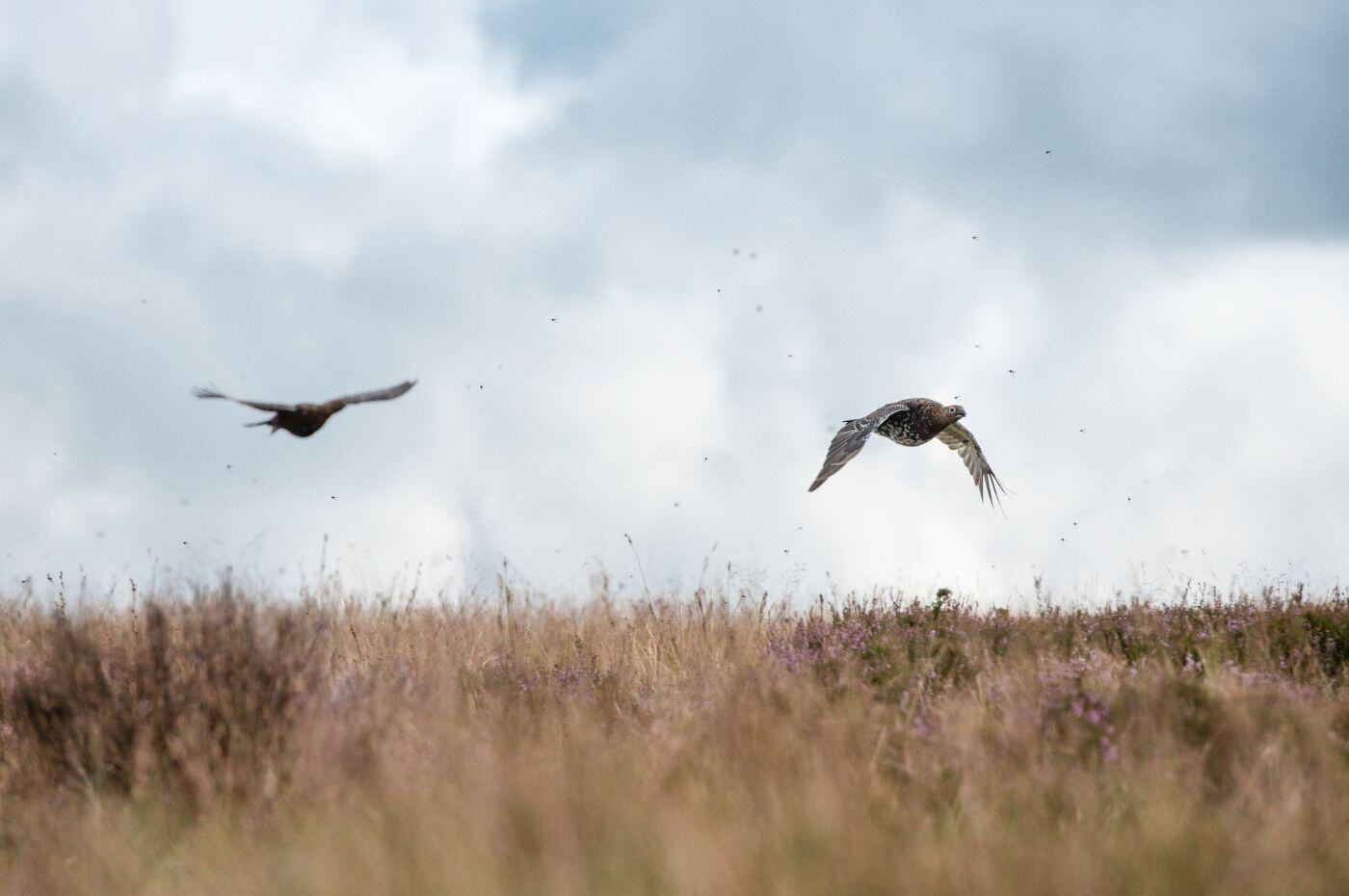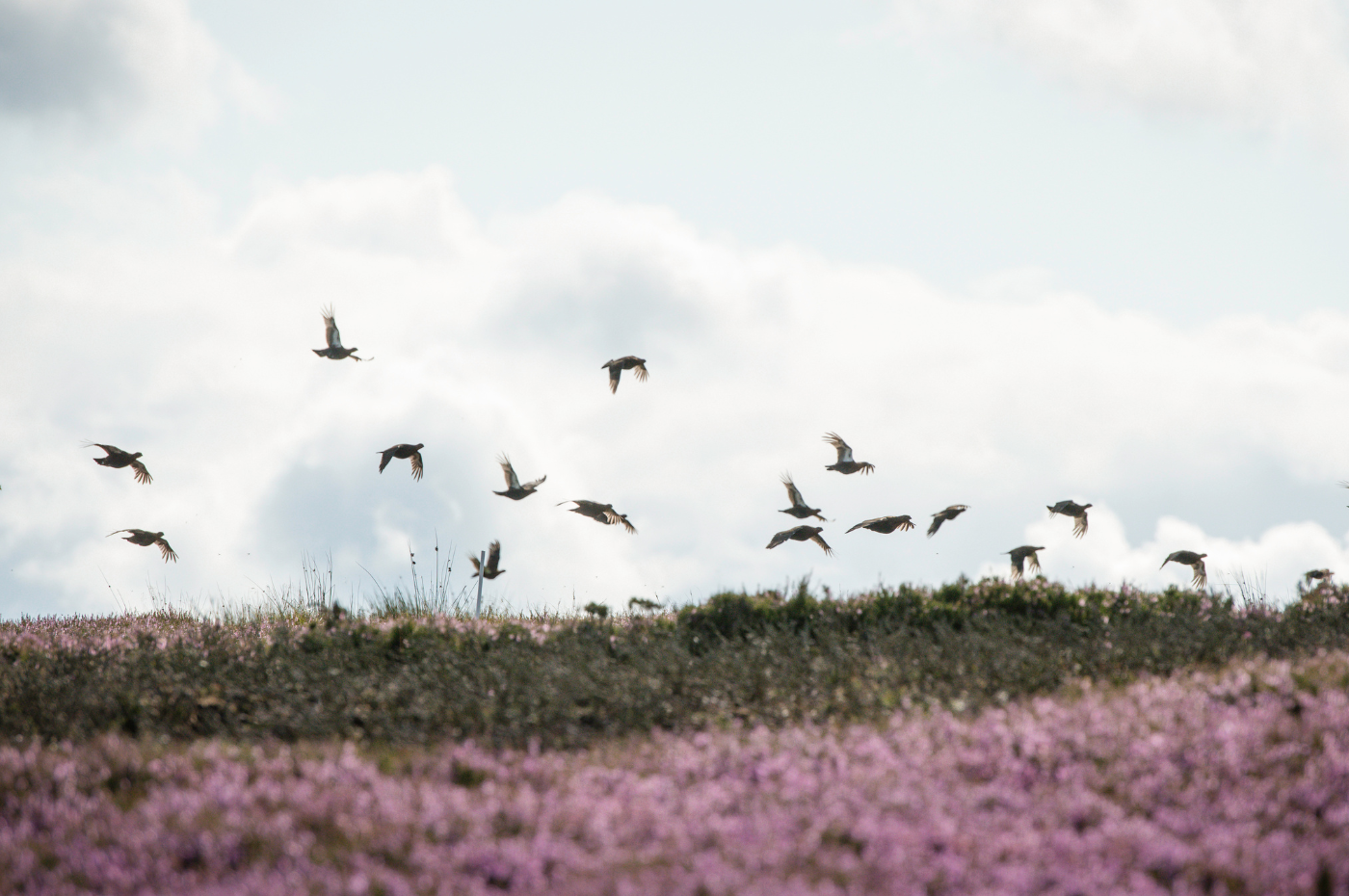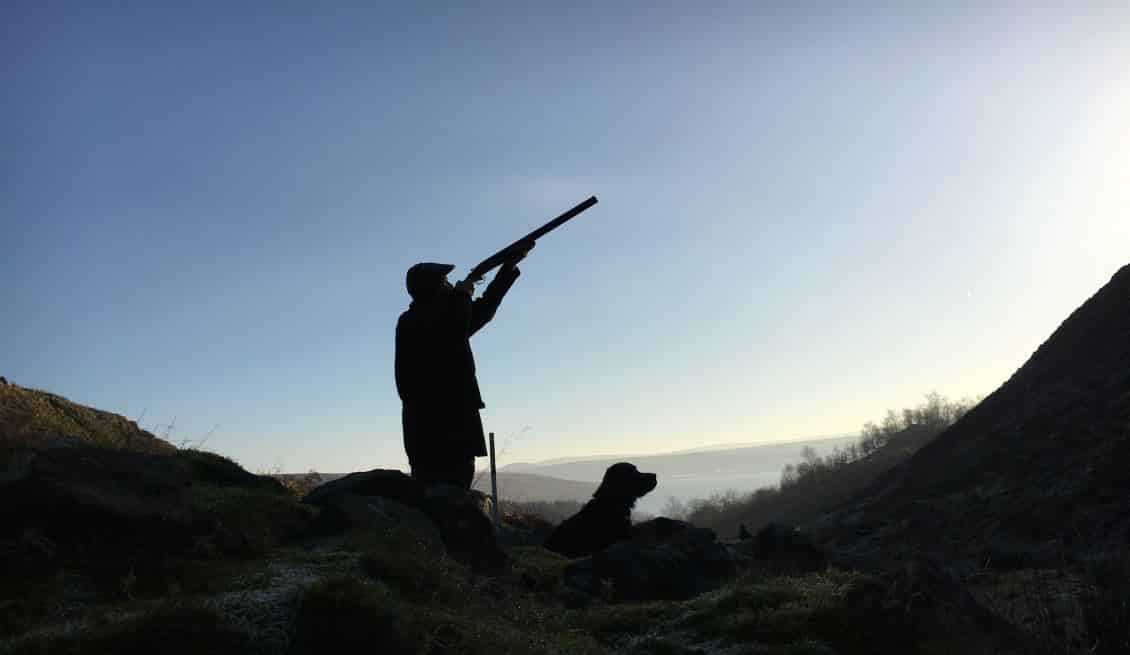Grouse shooting safe
Threats to shooting are coming thick and fast, but we are on the front foot,...
View Details
After six months, the 2024-25 game shooting season has come to an end. The coverts and moors will now have a pause from the clack of sticks and the crumpling crack of feed sack flags. In the lowlands a successful season was had and enjoyed by most, but in the uplands this was a season to forget as a combination of factors led to a low grouse count and the cancellation of days. The good news for those in the uplands came after the grouse season closed when the Government made a welcome announcement in support of driven grouse shooting when responding to yet another self-defeating petition from Chris Packham’s Wild Justice. This positive response can be attributed in part to the sustained campaigning of organisations like the Countryside Alliance.
However, the whole season had a veil of uncertainty draped over it as it was the first season under a Labour government since 2009-10. With many political chickens (or should that be pheasants) yet to come to roost, it is worth taking a retrospective look at what has changed in the last six months, and what we can expect to unfold in the offseason.
There were several pledges made by the Labour party in their election manifesto which directly affect shooting, one of which has already come to fruition – the introduction of a full cost recovery basis to firearms licensing fees. The other key pledge for the shooting community was the commitment to ban what the Labour party calls “snare traps”. What this terminology refers to exactly is not abundantly clear, but the Countryside Alliance, along with other organisations and stakeholders is working hard to find a pragmatic solution where humane restraints are not unwittingly banned. As is well established, humane restraints are a crucial, selective and, as the name suggests, humane tool used by keepers and land managers in the conservation of some of our most threatened species - in particular ground-nesting birds. The potential misguided banning of humane restraints in England would severely counteract another of Labour’s manifesto pledges: to “promote biodiversity and protect our landscapes and wildlife”.
The uplift in firearms licensing fees was not unexpected, but the announcement failed to address or assuage many of the abundant deficiencies in the licensing system in this country. Not only have the increases in fees far outstripped compound inflation since the last fees increase in 2014, but it was only after the Countryside Alliance called out the omission of a service level agreement from the initial Order that the Home Office announced that these fee increases would come with certain service improvements. They committed to developing a new performance framework to address the current “postcode lottery” system, with increased transparency – we’re expecting a “league table” of police forces’ licensing units to be published soon – and perhaps most symbolically, a commitment that all fees raised will remain within firearms licensing departments to support performance improvements, being a U-turn from what the Labour party originally pledged in their manifesto. These commitments are a step in the right direction, but there remains an awful lot that has not been addressed, such as inconsistency in mandatory medical proformas. Efficiency and cost-saving in firearms licensing departments could be further improved by both the re-definition of Section 1 firearms to remove sounds moderators and a cessation of land checks – an irrelevant practice that many forces have already rightly abandoned.
Last Autumn’s budget dealt a hammer blow to many in the shooting community, given that the overwhelming majority of shoots in the country are on agricultural land. The Labour government made many enemies in rural Britain with their budget proposals to end agricultural inheritance tax relief and slash Basic Payment Scheme payments. They still remain steadfast in their position not to back down from these destructive policies. Similarly, twin cab pickups, a staple of the gamekeeper and farmer, will become more expensive as their tax class is bumped up from commercial vehicle to car – yet another unnecessary financial hardship that the rural community has been burdened with by this Government.
After years of delays and consultations, the Health and Safety Executive (HSE) published their final proposals on the banning of lead in ammunition, to which the Government has three months to respond. An abridged summary of the proposals is: lead shot for both live quarry and clay target shooting to be banned after a 5-year transition period, lead rifle ammunition for live quarry shooting of .243 calibre and above to be banned after a 3-year transition period, no ban for lead ammunition for rifles below .243 or air guns. The Countryside Alliance continues to advocate for the early adoption of non-lead shot for game shooting – if those in shooting are truly conservationists, they perhaps wouldn’t be filling the countryside with an undeniably toxic material.
For many there isn’t such a thing as the offseason, given that the wildfowlers below the high-water mark still have a couple of weeks left on the wigeon and greylags, concurrently gamekeepers might be enjoying a well-earned week or two off before drawing up plans for next season, and for the rest of us attention is turning to drey poking, and pigeon shooting. Soon Spring will be upon us and the rearing sheds will be hives of activity.
From a legislative point of view, we are expecting the Government’s response to the HSE’s lead proposals in the next six or seven weeks. After such a lengthy consultation process, changes to the final proposals are unlikely and would require an astonishing degree of hitherto undisclosed justification.
The General Licences for the release of pheasant and red-legged partridge in and around Special Areas of Conservation (SAC) and Special Protection Areas (SPA), GL43 and GL45 respectively, are now due for renewal. In a period of heightened risk of avian influenza from migratory birds in several Eastern counties, it is likely that GL45 will see some alteration in terms of which SPAs are included. The shoots that will be affected by this have been through a legislative mangle of uncertainty over the last few seasons and efforts are being made to reach a proportionate and workable licensing framework whilst GL43 and GL45 are required.
The Countryside Alliance continues to campaign effectively for shooting in Parliament, in the media and on the ground, to support our work there are two Campaign for Shooting fundraising events in the coming months. First is the Countryside Alliance’s annual Gun Draw, which will be launched in late March. As a teaser, the prize will a be a special edition pair of Beretta 687EELL Field shotguns in twelve bore – stay tuned.
Following the Gun Draw will be the Countryside Alliance’s main fundraising event for 2025, the Water Priory Charity Clay Shoot. Warter Priory, the world-class shooting estate set in the heart of East Yorkshire, is again helping to safeguard shooting for future generations by hosting a two-day charity clay shoot on Thursday 15 and Friday 16 May 2025, followed on Saturday 17 May by the ‘High Tower Challenge’ and fundraising ball. This event is not to be missed and full details can be found here.

Threats to shooting are coming thick and fast, but we are on the front foot,...
View Details
"Moorland management has survived two world wars and commercial forestry, but...
View Details
The Prime Minister’s recent reshuffle of his government will have significant...
View Details